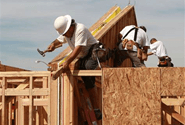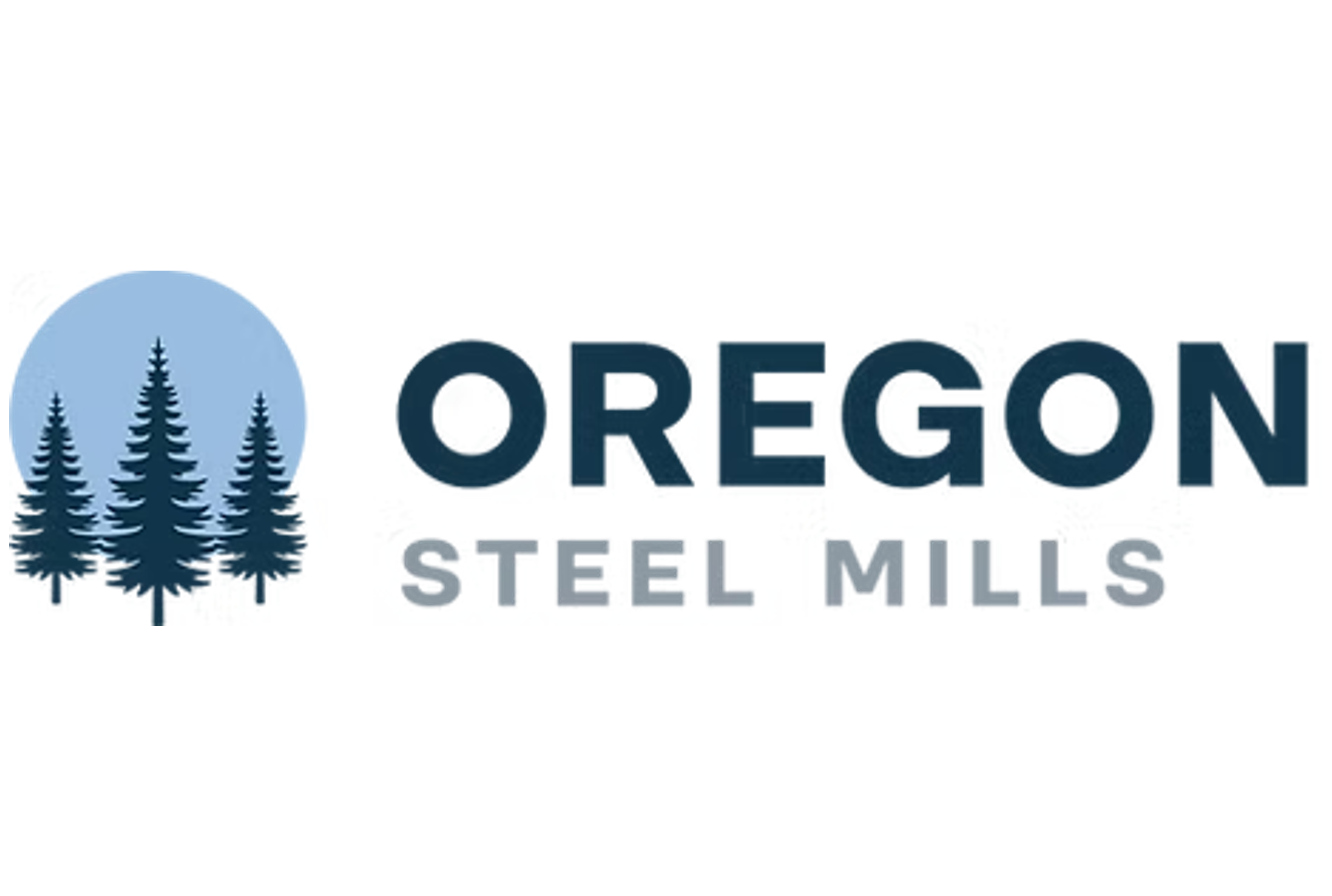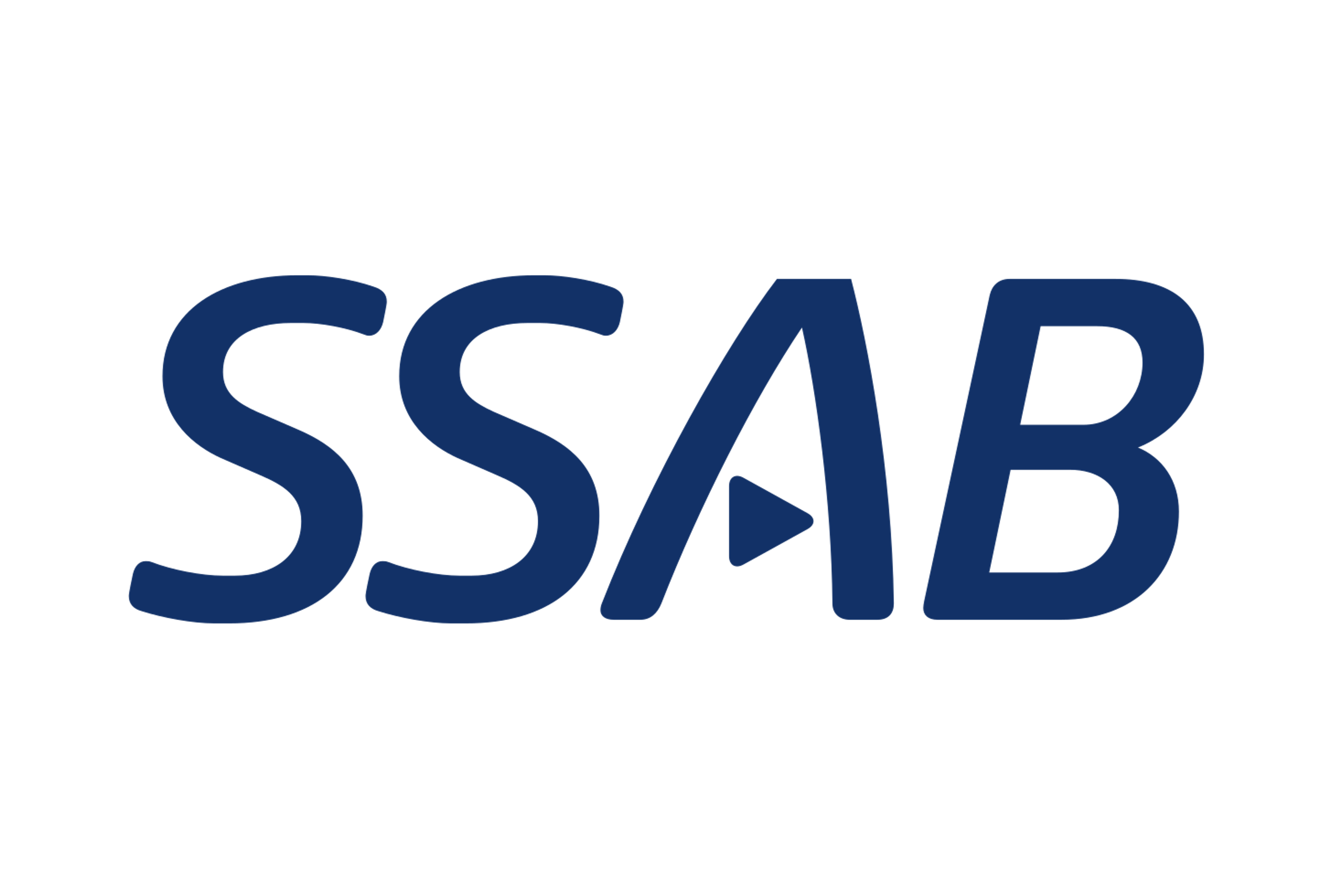Analysis

December 17, 2021
NAHB: Housing Starts Surge in November
Written by David Schollaert
Housing starts accelerated in November due to strong demand for new construction of single-family and multifamily housing, according to the latest data from the U.S. Census Bureau and the Department of Housing and Urban Development.
![]() Overall housing starts increased 11.8% to a seasonally adjusted annual rate of 1.68 million units. The November reading – indicating the number of housing units builders would begin if development kept this pace for the next 12 months – was driven by an 11.3% growth in single-family starts to a 1.17 million seasonally adjusted annual rate. The multifamily sector, which includes apartment buildings and condos, increased 12.9% to an annualized 506,000 pace.
Overall housing starts increased 11.8% to a seasonally adjusted annual rate of 1.68 million units. The November reading – indicating the number of housing units builders would begin if development kept this pace for the next 12 months – was driven by an 11.3% growth in single-family starts to a 1.17 million seasonally adjusted annual rate. The multifamily sector, which includes apartment buildings and condos, increased 12.9% to an annualized 506,000 pace.
“Mirroring gains in the HMI reading of builder sentiment, single-family housing starts accelerated near the end of 2021 and are up 15.2% year-to-date as demand for new construction remains strong due to a lean inventory of resale housing,” said Chuck Fowke, NAHB’s chairman. “Policymakers need to help alleviate ongoing building material supply chain bottlenecks that are preventing builders from keeping up with buyer demand.”
On a regional and year-to-date basis through November versus the same year-ago period, combined single-family and multifamily starts are 24.4% higher in the Northeast, 9.6% higher in the Midwest, 15.4% higher in the South and 19.4% higher in the West.
“Breaking an eight-year trend, in recent months there have been more single-family homes under construction than multifamily units,” said Robert Dietz, NAHB’s chief economist. “Moreover, despite some cooling earlier this year, the continued strength of single-family construction in 2021 means there are now 28% more single-family homes under construction than a year ago. These gains mean single-family completions will increase in 2022, bringing more inventory to market despite a 19% year-over-year rise in construction material costs and longer construction times.”
Overall permits increased 3.6% to a 1.71-million-unit annualized rate in November. Single-family permits increased 2.7% to a 1.10-million-unit rate. Multifamily permits increased 5.2% to an annualized pace of 609,000.
Looking at regional permit data on a year-to-date basis, permits are 13.6% higher in the Northeast, 16.3% higher in the Midwest, 19.3% higher in the South and 22.4% higher in the West.







